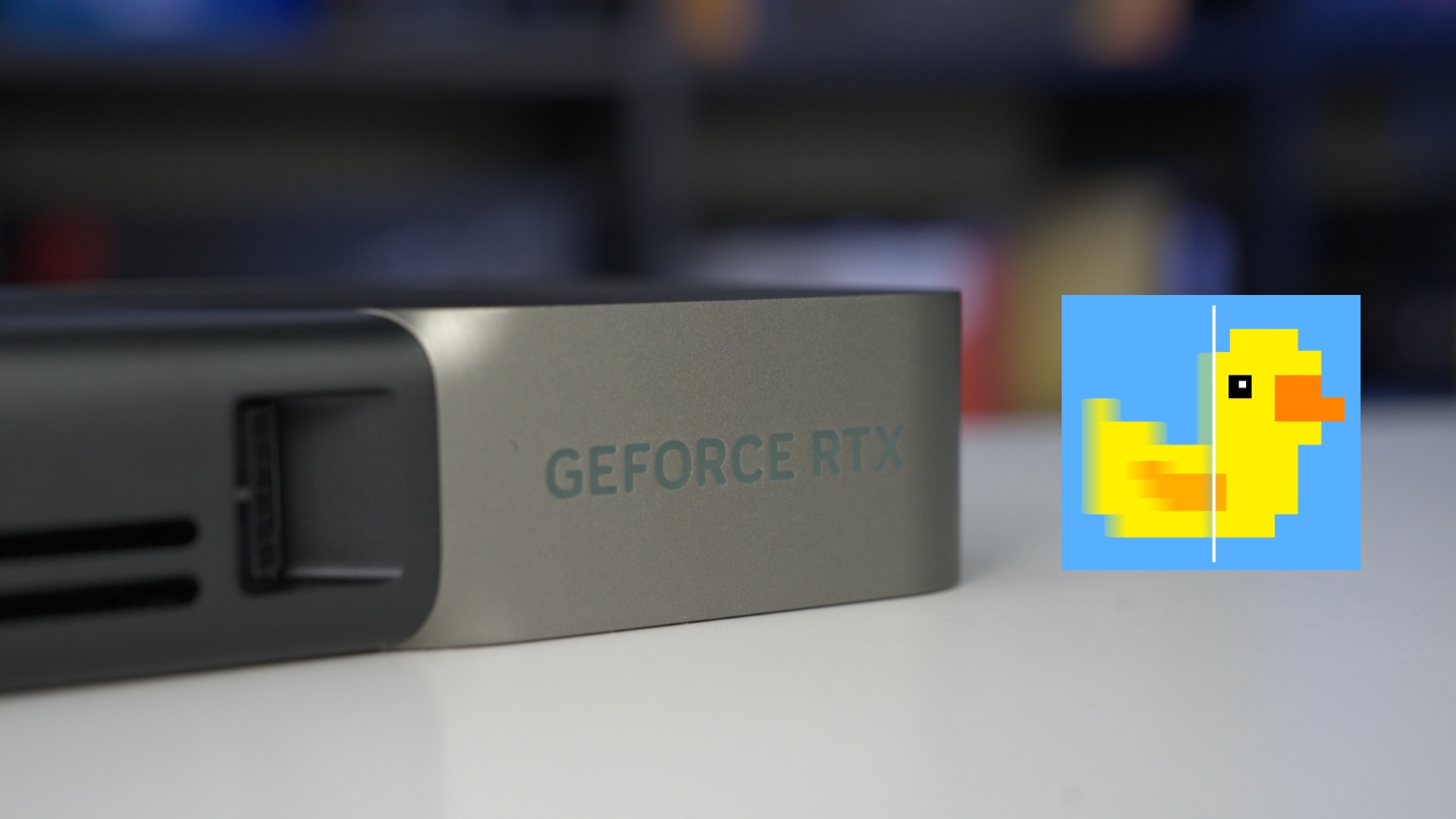Latest Lossless Scaling frame generation update offers something that Nvidia doesn’t

Table of Contents
As well as enjoying a good amount of prior success, Lossless Scaling attracted even more attention from PC gamers when it introduced a universal frame generation feature that worked across all types of GPUs.
THS, the developer behind Lossless Scaling has been steadily improving the software since release, and with beta version 3.1, added a feature that even Nvidia’s DLSS doesn’t have – Adaptive Frame Generation. This feature has now been added to the Stable Build.
Prime Day is finally here! Find all the biggest tech and PC deals below.
- Sapphire 11348-03-20G Pulse AMD Radeon™ RX 9070 XT Was $779 Now $739
- AMD Ryzen 7 7800X3D 8-Core, 16-Thread Desktop Processor Was $449 Now $341
- ASUS RTX™ 5060 OC Edition Graphics Card Was $379 Now $339
- LG 77-Inch Class OLED evo AI 4K C5 Series Smart TV Was $3,696 Now $2,796
- Intel® Core™ i7-14700K New Gaming Desktop Was $320.99 Now $274
- Lexar 2TB NM1090 w/HeatSink SSD PCIe Gen5x4 NVMe M.2 Was $281.97 Now $214.98
- Apple Watch Series 10 GPS + Cellular 42mm case Smartwatch Was $499.99 Now $379.99
- ASUS ROG Strix G16 (2025) 16" FHD, RTX 5060 gaming laptop Was $1,499.99 Now $1,274.99
- Apple iPad mini (A17 Pro): Apple Intelligence Was $499.99 Now $379.99
*Prices and savings subject to change. Click through to get the current prices.
How does adaptive frame generation work?
Usually, frame generation adds frames at a fixed multiplier, such as with Lossless Scaling's X3 and X4 modes or Nvidia’s DLSS 3 FG or 50 series-exclusive DLSS 4 Multi Frame Gen. Adaptive Frame Generation, however, can dynamically adjust the multipliers to maintain a set frame rate chosen by the user. This mode is said to work best on games with an uncapped framerate or those that don't match a standard screen refresh rate.
There are downsides, though. Adaptive Frame Generation puts a much heavier load on the graphics card. This could result in a decrease in image quality, particularly for older cards. Use of AFG results in a slight increase in latency.
YouTuber Jagadhie went into detail on the new AFG feature, including technical details on exactly how it works and its advantages and shortcomings. Though he is using the preview build, he praises the ease-of-use of the software and how valuable it is for games with no framerate cap, but they are honest about its limitations.
Lossless Scaling is unlikely to ever be a total replacement for something like Nvidia DLSS 4 or AMD FSR 4, as it is a project created by a single developer without the money and resources of a massive company. It also doesn’t operate at a game-specific level with tailor-fit support. However, Lossless Scaling is applicable across all types of graphics cards and PC games. Using this software, there is no need to buy a specific card or wait for a game to get DLSS or FSR support.
Players just need to decide where on the framerate versus image quality debate they stand. Based on users in the Lossless Scaling Discord server, there’s mixed reaction to its implementation so far, with one person saying they are “in love with LS adaptive frame generation” and another claiming it “feels weird” compared to the usual fixed settings.

